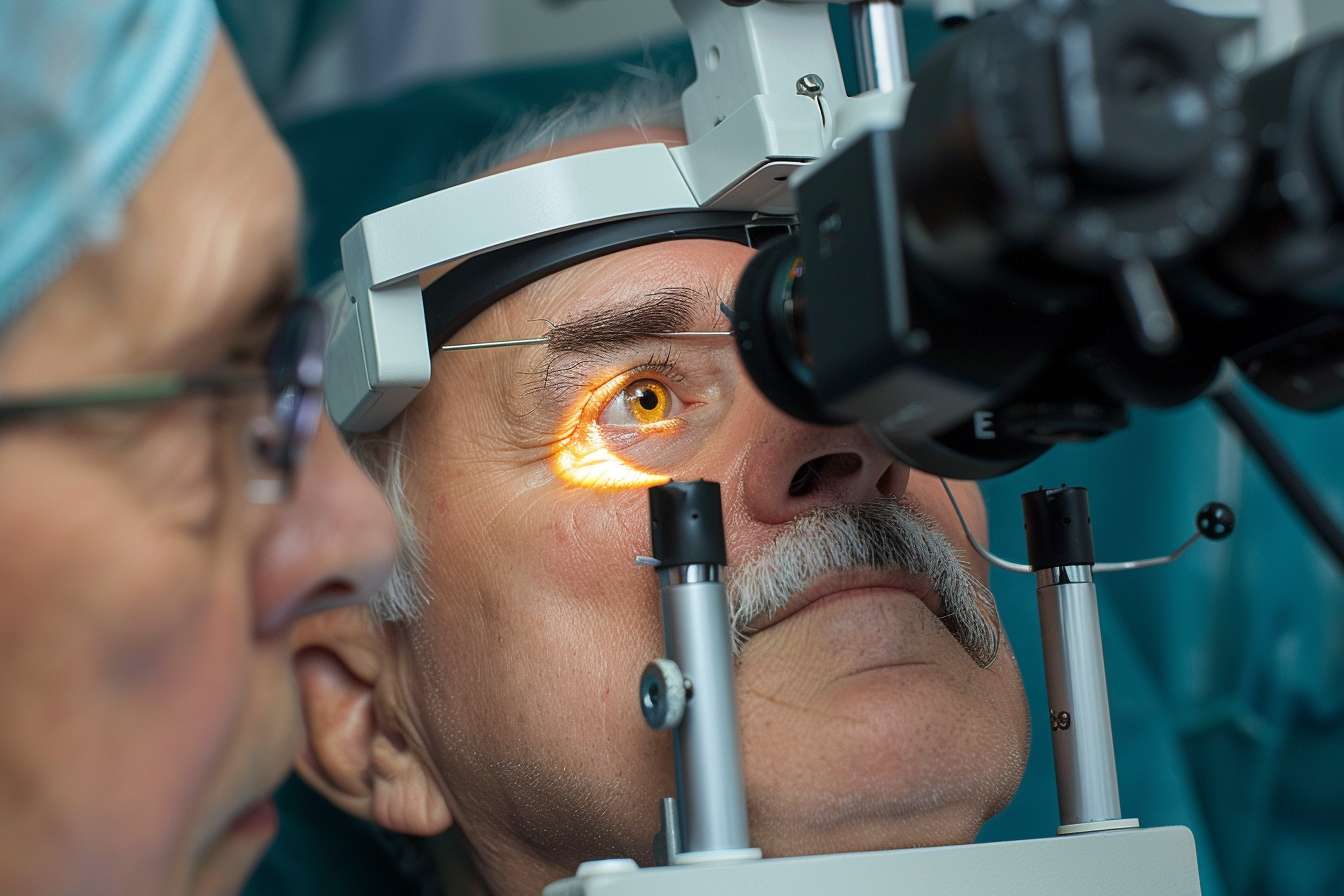Latest Advances in Glaucoma Treatment: Exploring Modern Options
Recent advances in glaucoma care include minimally invasive glaucoma surgeries (MIGS), new sustained-release eye drops, and laser procedures that reduce pressure with fewer side effects. These emerging options may offer safer, more convenient long-term management.

What are the latest treatments for glaucoma?
The landscape of glaucoma treatment has evolved considerably, with several innovative approaches emerging in recent years. Minimally Invasive Glaucoma Surgeries (MIGS) represent one of the most significant advancements. These procedures aim to lower intraocular pressure with less risk and faster recovery times compared to traditional glaucoma surgeries. MIGS include techniques such as the iStent, Xen Gel Stent, and CyPass Micro-Stent, which create new drainage channels to reduce eye pressure.
Another breakthrough is the development of sustained-release eye drops. These long-acting formulations can deliver medication continuously for several months, improving treatment adherence and reducing the burden of daily eye drop applications. Examples include bimatoprost SR and travoprost intracameral implants, which slowly release pressure-lowering medication inside the eye.
How have laser treatments for glaucoma improved?
Laser treatments for glaucoma have also seen significant improvements. Selective Laser Trabeculoplasty (SLT) has gained popularity as a first-line treatment option for open-angle glaucoma. This procedure uses low-energy laser pulses to stimulate the eye’s natural drainage system, reducing intraocular pressure without causing thermal damage to surrounding tissues. SLT offers the advantages of being repeatable and not relying on patient compliance with eye drop regimens.
Another advanced laser option is Micropulse Laser Trabeculoplasty (MLT), which delivers laser energy in short pulses, allowing tissue to cool between applications. This approach may further reduce the risk of complications and inflammation compared to traditional laser treatments.
What new medications are available for glaucoma treatment?
In addition to sustained-release formulations, new classes of glaucoma medications have been introduced. Rho kinase inhibitors, such as netarsudil, offer a novel mechanism of action by increasing aqueous humor outflow through the trabecular meshwork. These medications can be used alone or in combination with other glaucoma drugs to achieve better pressure control.
Nitric oxide-donating prostaglandin analogs, like latanoprostene bunod, represent another innovative approach. These drugs combine the pressure-lowering effects of prostaglandin analogs with the additional benefits of nitric oxide, which further enhances aqueous humor outflow.
What are the current surgical options for glaucoma?
While MIGS procedures have expanded the surgical options for glaucoma, traditional surgeries still play a crucial role in managing more advanced cases. Trabeculectomy remains the gold standard for reducing intraocular pressure significantly. However, modern techniques and adjunctive therapies have improved its safety profile and long-term success rates.
Glaucoma drainage devices, such as the Ahmed Glaucoma Valve and Baerveldt Implant, offer an alternative surgical approach for patients with refractory glaucoma or those at high risk of trabeculectomy failure. These devices create an artificial drainage pathway to lower eye pressure.
How do specialists choose the best glaucoma treatment option?
Selecting the most appropriate glaucoma treatment involves careful consideration of various factors. Eye care specialists assess the type and severity of glaucoma, intraocular pressure readings, visual field test results, and the overall health of the optic nerve. Patient factors such as age, medical history, lifestyle, and treatment preferences also play a crucial role in decision-making.
Treatment is typically initiated with the least invasive options, such as eye drops or laser procedures, before progressing to more advanced surgical interventions if necessary. The goal is to tailor the treatment approach to each individual patient, balancing efficacy with safety and quality of life considerations.
What is the cost of modern glaucoma treatments?
The cost of glaucoma treatment can vary significantly depending on the chosen approach and geographic location. Here’s a general overview of treatment costs:
| Treatment Option | Provider Type | Cost Estimation |
|---|---|---|
| Eye Drops (monthly) | Pharmacy | $30 - $150 |
| Selective Laser Trabeculoplasty | Ophthalmologist | $1,000 - $2,000 |
| MIGS Procedure | Ophthalmologist | $3,000 - $7,000 |
| Trabeculectomy | Ophthalmologist | $5,000 - $10,000 |
| Glaucoma Drainage Device | Ophthalmologist | $6,000 - $12,000 |
Prices, rates, or cost estimates mentioned in this article are based on the latest available information but may change over time. Independent research is advised before making financial decisions.
It’s important to note that many of these costs may be partially or fully covered by health insurance, depending on the specific plan and medical necessity. Patients should consult with their healthcare providers and insurance companies to understand their out-of-pocket expenses.
In conclusion, the field of glaucoma treatment has seen remarkable advancements in recent years. From minimally invasive surgeries to sustained-release medications and improved laser therapies, these innovations offer new hope for better glaucoma management. As research continues, we can expect further refinements and novel approaches to emerge, potentially transforming the landscape of glaucoma care and improving outcomes for patients worldwide.
This article is for informational purposes only and should not be considered medical advice. Please consult a qualified healthcare professional for personalized guidance and treatment.




